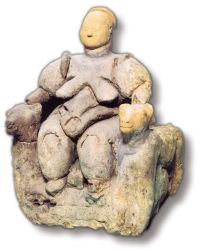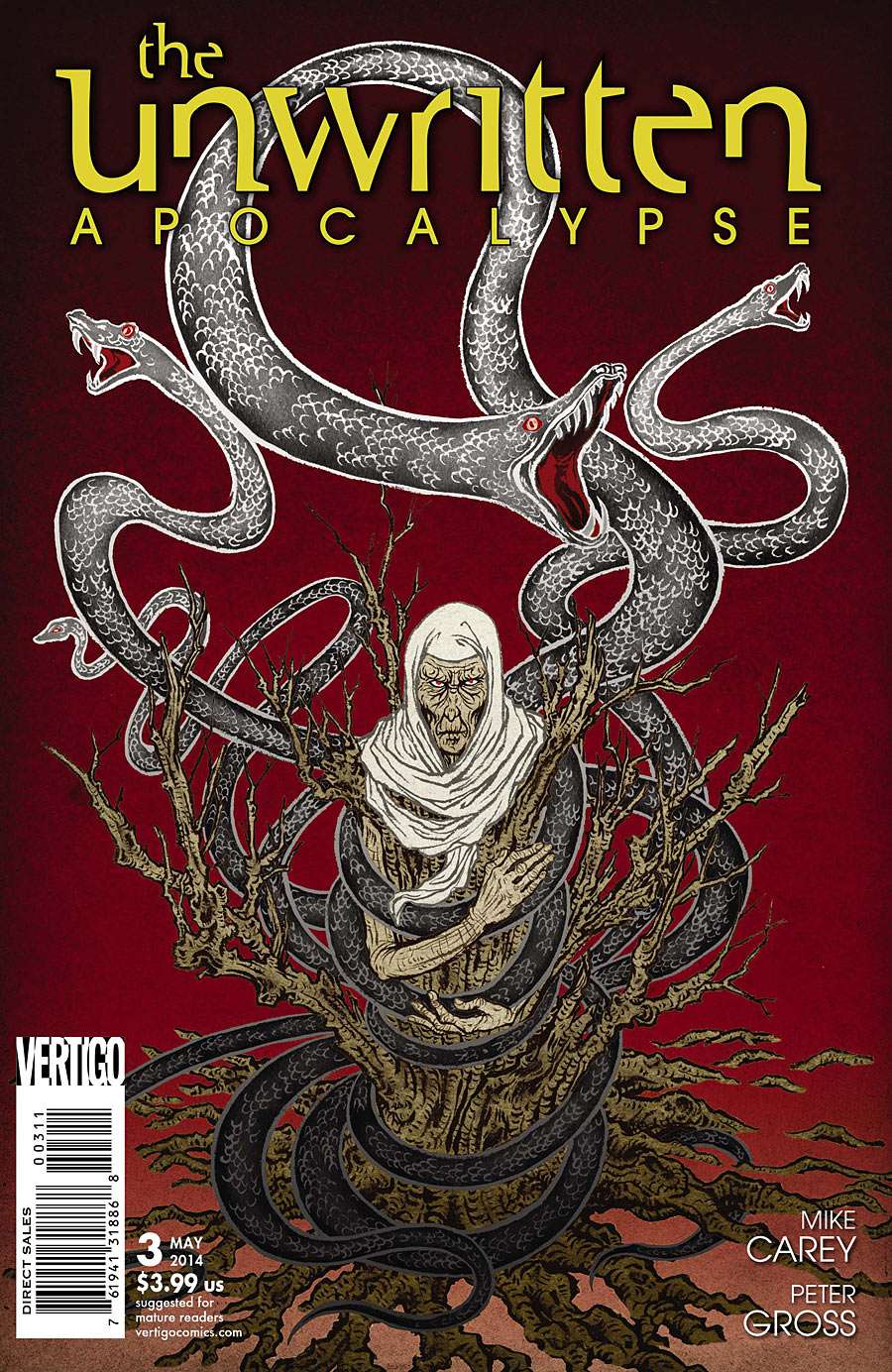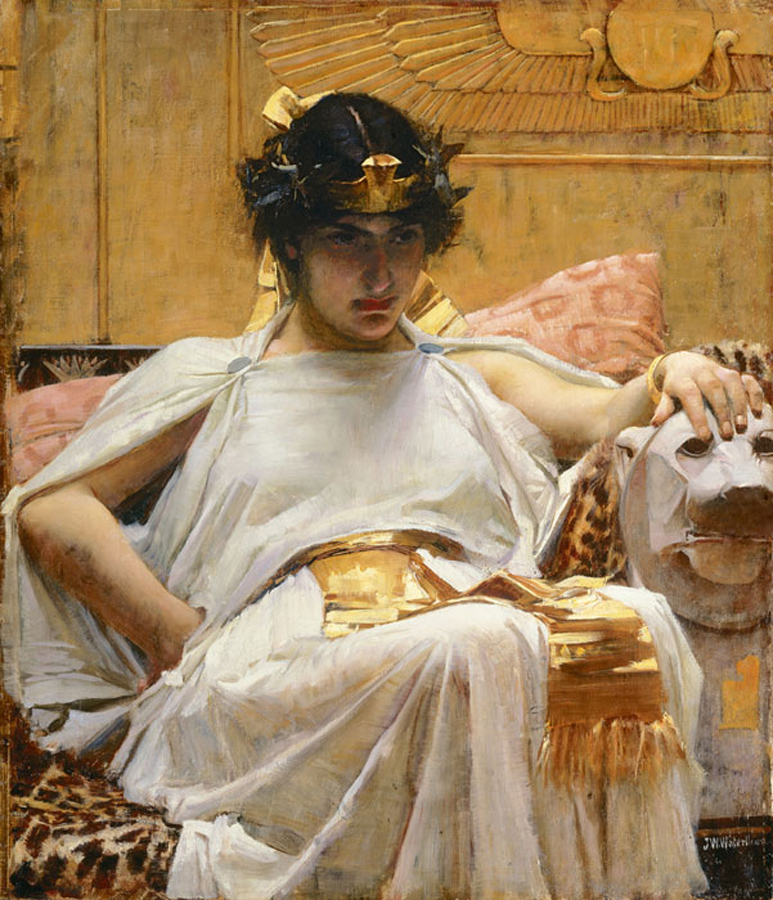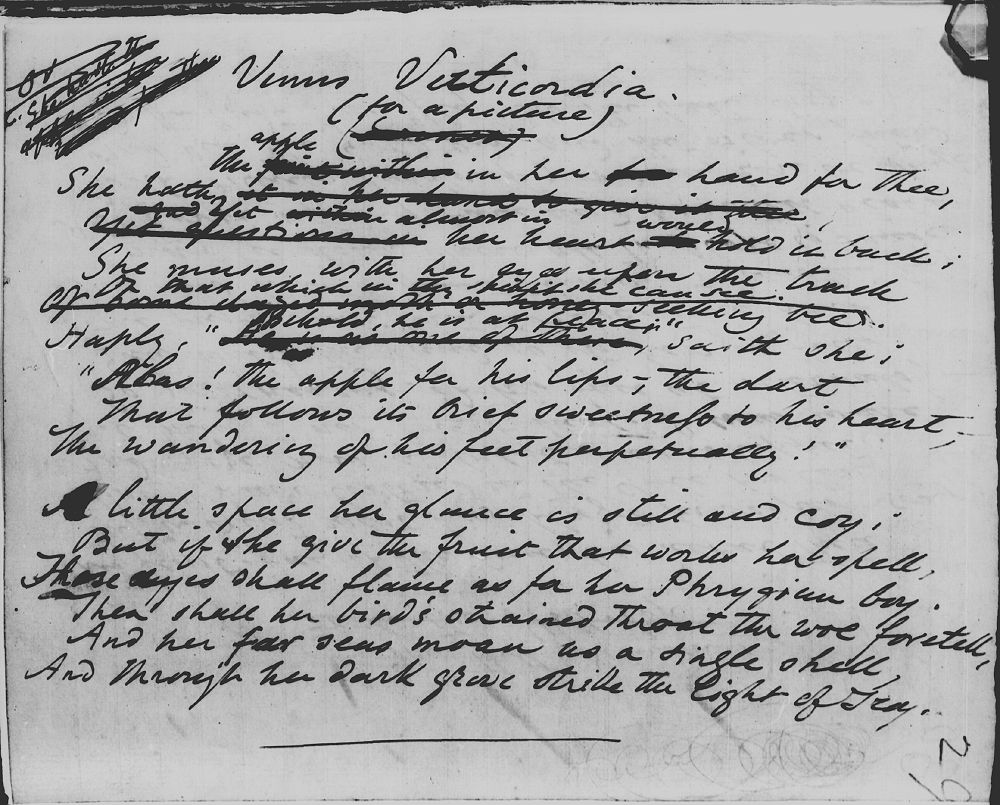Hesiod, the poet from whom we gain our earliest knowledge of Hekate, grew up in Boetica, northwest of Athens. His father, however, grew up in Aeolis, near modern day Izmir, on the Turkish coast near the Greek island of Chios. My paternal line of ancestors are from the same region. For me, it is this Hekate, Anatolian Hekate, perhaps the most ancient of Hekatim, whom I hear singing in my blood. She is closely related to (in my mind, the granddaughter/goddaughter/initiate of) Hebat, the Hittite Queen of Heaven, who might also be the Sun.
 |
| early neolithic Anatolian statue |
These days, as I'm sure you've noticed, I've been doing a lot more work with smaller, more specific spirits than with huge sprawling god-concepts like Hekate. Here are some of the particular avatars of Hekate and her current that I've been palling about with of late, and a short prayer, ritual, or practice to go with each one. More or less everything in this post is "unverified personal gnosis". Try them and that should sufficiently verify them.
Hekata, Maid of the Ruddy Feet
There are many who believe, although it is very far from being a consensus view in archaeology, that red-painted feet, presumably with henna, were a feature of very early Near Eastern / Anatolian goddess worship. I however, am not of this opinion. Rather, I believe the dye of choice to be red ochre. In the neolithic caves at Catahoyuk, inland from Aeolis, a human skull was found, covered in white plaster, formed into a sort of mask, forming a new nose and face. The plaster was painted with red ochre at the forehead, nose and eyes. (source) In my personal practice, red ochre, mixed with fat (I usually use butter, but bear or boar fat seems like the correct thing to use, and I'd use that if I had access to it) to make a thick paste, and painted in patterns on the body, is among the most primal kinds of magic I know. Click here for a carefully cropped, just barely non-scandalous, picture of me naked, painted in red, and wearing a mask made from the head of an American Black Bear. Sorry for the lame bedroom background. I didn't think to get anyone to take a picture during the actual ritual; this is afterwards. That's why the paint is all smudged up.
 |
| Luis Alvez exhibition poster |
The most important feature of her, however, is her feet. They are painted solid red, great red spirals running up her legs.
 |
| From a Nepali ceremony called "Ihi Marriage" which is completely unrelated to this. Just a cool photo. |
She is an initiator of adolescent girls, leading them by the hand as they find themselves as young
women. While part of this is about discovering and understanding themselves as sexual creatures, it's much more about helping them learn to navigate the extraordinarily complicated, perverse, and often cruel simultaneous sexualizing and infantilization our society projects onto women of this age. I work with her primarily when she comes to me, often asking me to particularly look after a certain student (not always the same one). While she is protective, she is not primarily a protector spirit. When a girl is really in trouble, this is not the form who shows up. Red-footed Hekate is NOT a mother figure, she's more of an an older sister or a young aunt, the one who taught you to paint your toenails red, and how to kiss a boy, and how to pack a bowl. She's a teacher, not a protector, and teaching, by its nature, challenges the learner.
Over the next few days, I'll write to you about other Hekatim I work with. Next up, Snake Grandmother.


















